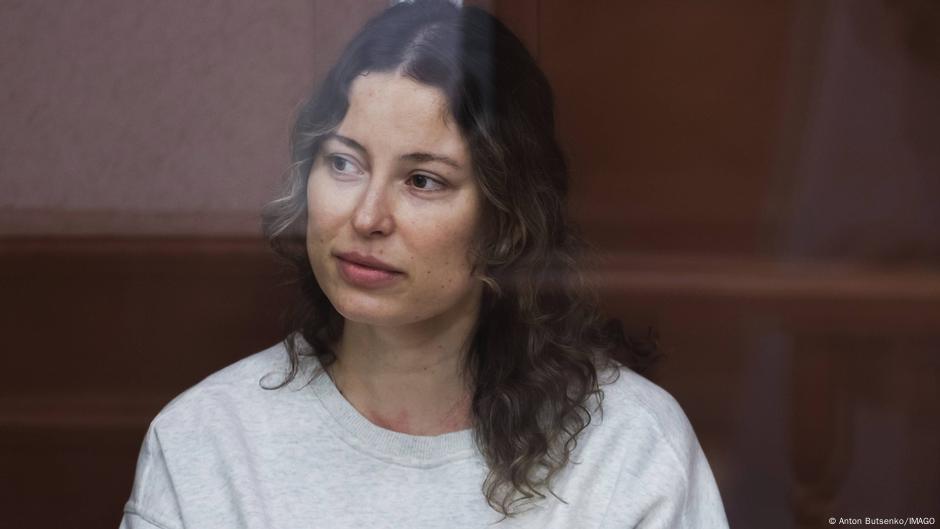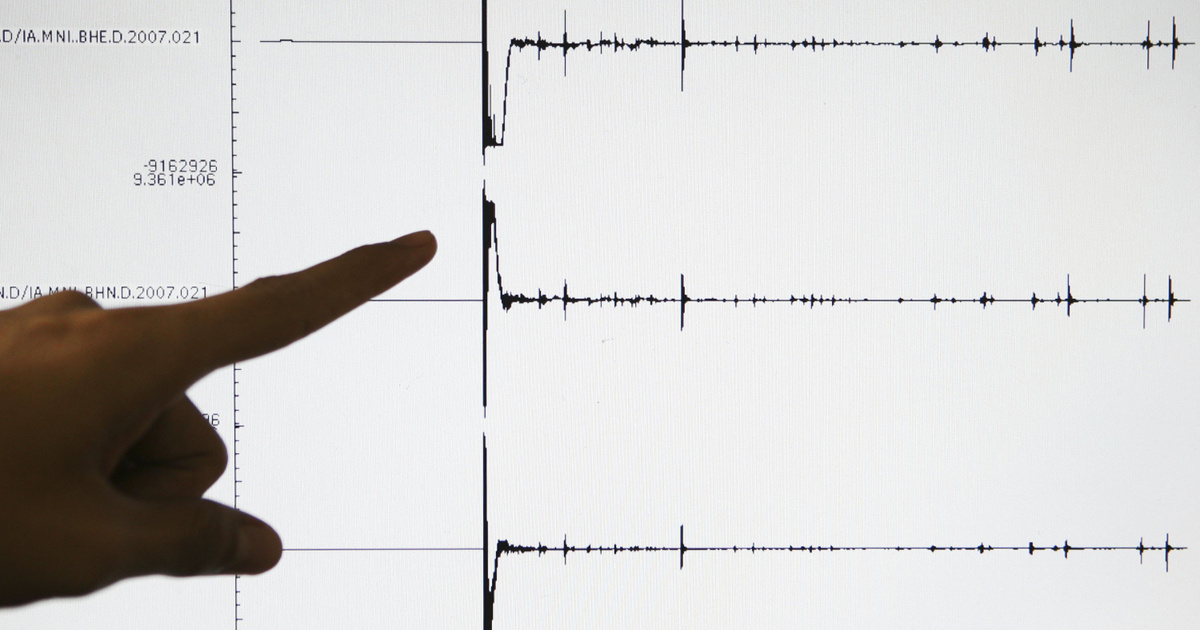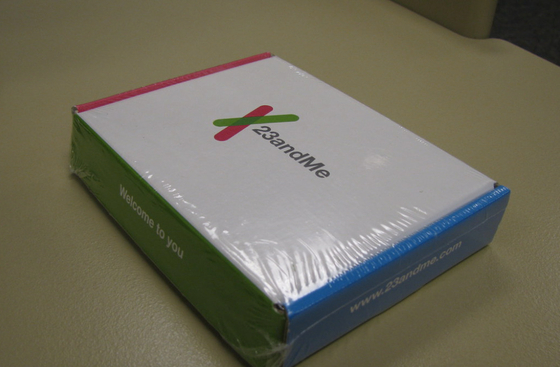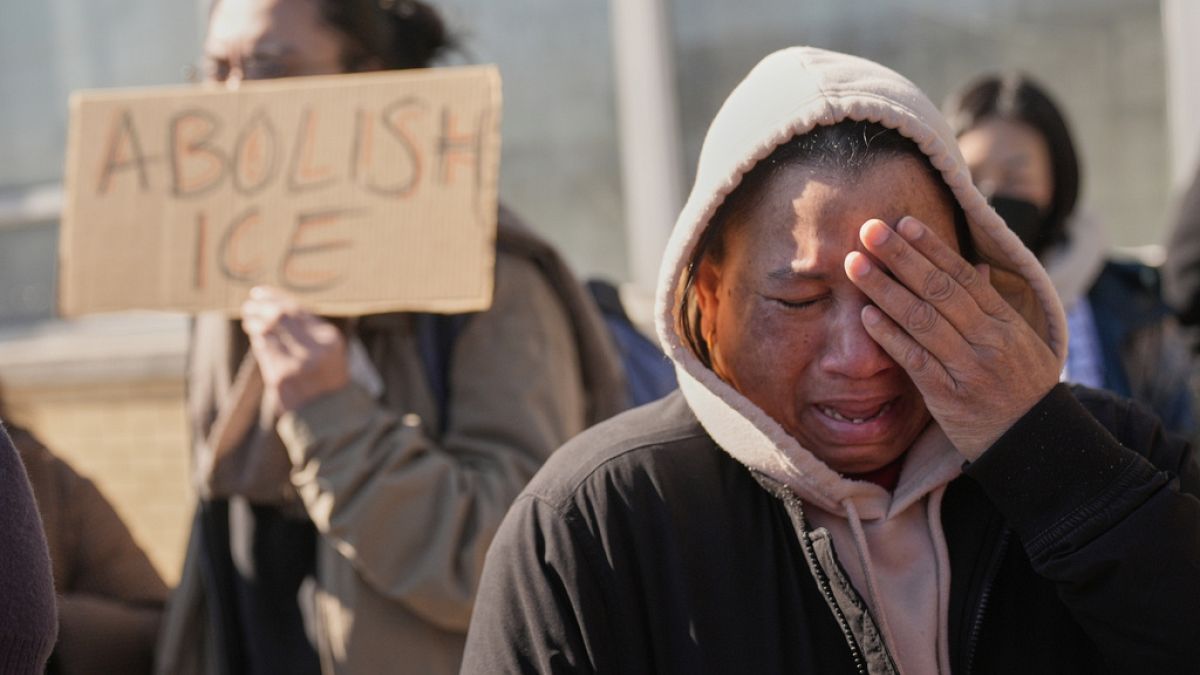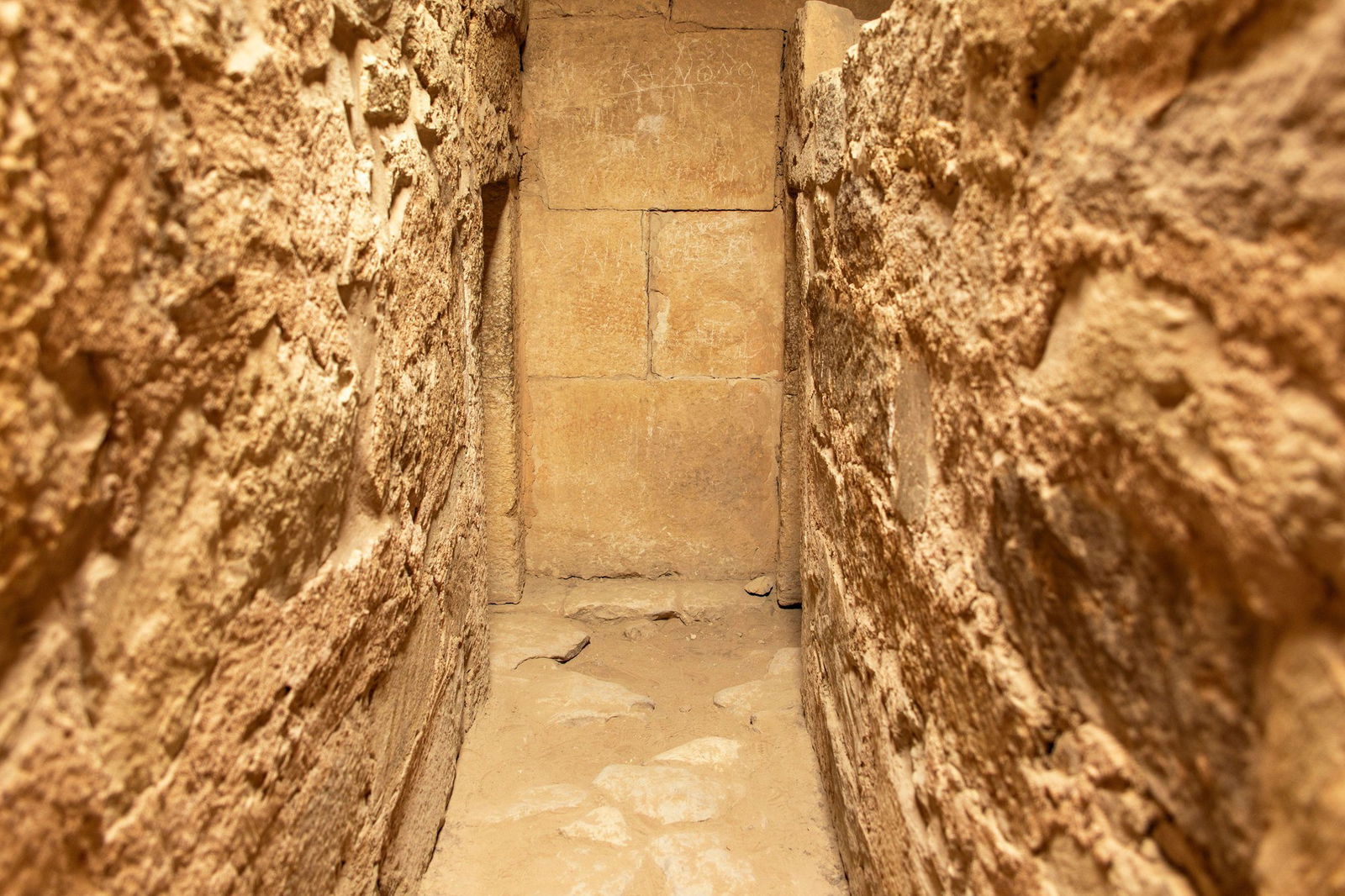The Coronavirus pandemic is severe, we are in full swing in the second wave, and the government has had to return to austerity measures in the spring. Under these circumstances, when it is only necessary to increase the proportion of people who work at home as a precaution, how difficult is it to run the bank?
In the beginning, we were very afraid of the home office, it was a huge innovation to know how to handle and understand. Moreover, there was no actual demand for it before, so we weren’t sure how to implement it effectively. As a result of coercion, we switched to online business very quickly, in a couple of days, in the spring, thanks to the efficient organizational structure and commitment of our colleagues, which is a subsidiary of our parent company, Intesa Sanpaolo Group. It was good to see that. We didn’t have to go to the office in the summer either. From September, again, we are specifically asking colleagues working in central districts to enter only when absolutely necessary to do the job. Thus, nearly 80 percent of colleagues working in the office now work from home, and in the long term we plan to acquire 60 to 40 percent of office and home office workers as a sustainable operating model, thus establishing new employment rate after the pandemic.
Overall, the bank is performing well despite the increasing share of home offices. We’re used to the new tire now, and the efficiency is excellent as well. There is no doubt that working remotely removes the possibility of spontaneity that we also miss: they miss the fact that so many great ideas and ideas are born out of unplanned conversations in the hallway or in a restaurant.
In such a risky situation, when it is not known how long the epidemic may last, will the world plunge into a more dangerous crisis than it is now, or have we already passed it and relief comes, how can they plan for 2021? Are there fixed points?
We had already forecast a 5-7 percent drop in GDP this year, even before Magyar Nemzeti Bank (MNB) cut its forecast to roughly the same level at the end of September.


